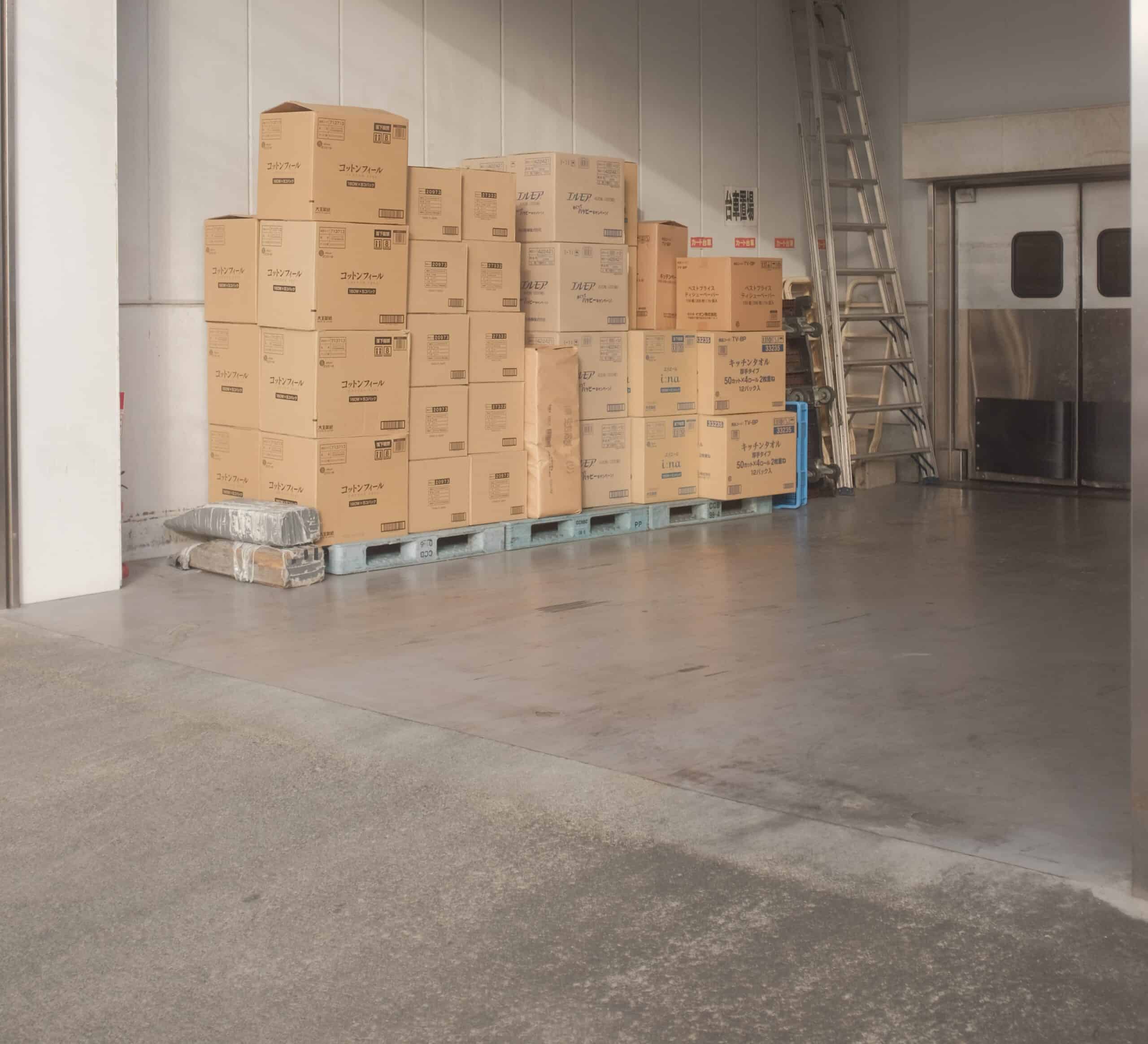A major challenge facing retail businesses is determining the right amount of inventory to keep on hand. If you don’t have enough stock on hand, you miss out on sales. Meanwhile, costs are associated with holding inventory.
Economic order quantity (EOQ) is one method for finding the optimal number of units to order at a time. With the EOQ formula, businesses can lower costs and save space while ensuring they have enough inventory available to fulfill customer demand.
What Is Economic Order Quantity (EOQ)?
Economic order quantity is an inventory management tool used to determine the optimal number of inventory units a company should have to meet demand while minimizing costs.
While it may seem like having plenty of extra inventory would be a good thing, storage costs can add up fast. On the other hand, not having enough inventory means lost revenue and potentially lost customers.
The EOQ formula is one way business owners can manage inventory so they have the units they need when they need them and not much more.
Why EOQ Matters
Calculating economic order quantity can help your business in several ways, including these top benefits.
Reduce the Risk of Stockouts
A stockout is when a company runs out of a product because demand exceeds the number of units they have in stock. Business owners want to avoid stockouts because, without products available to buy, the company cannot sell and loses money. With the formula of EOQ, it’s easier to determine how much to order and when to prevent stockouts while also not keeping inventory on hand for long periods of time.
Reduce Inventory Costs
Inventory storage isn’t cheap, and costs related to having excess inventory can quickly add up. Not only must businesses pay for inventory space, but products are more likely to get damaged or become obsolete when stored for too long. The economic order quantity formula can help businesses determine how much of a product to order within a specific time period to minimize these costs.
Improved Efficiency
The EOQ formula helps business owners and managers make better estimations of the inventory they need to order and when. Like any projection, economic order quantity is not always entirely accurate as it doesn’t account for changes in demand or discounts for bulk ordering. But using EOQ as a tool to determine order quantities takes out much of the guesswork and can significantly improve ordering efficiency.
How To Calculate EOQ
There are three variables used to calculate economic order quantity: holding costs, annual demand and order cost.
Holding Cost (H)
Holding cost is the total cost of keeping inventory on hand. Also called carrying cost, this variable calculates the cost of holding inventory per unit per year. It takes into account the cost of storage, opportunity costs, depreciation, employee salaries and inventory value. You can calculate holding costs using this formula:
(Storage costs + employee salaries + opportunity costs + depreciation costs) / total value of annual inventory = holding cost
Annual Demand (D)
Annual demand refers to the number of units of a product sold per year. You can estimate annual demand by looking at historical data for yearly units sold of a specific product.
Order Cost (S)
Ordering inventory has an associated cost per purchase, covering shipping and handling costs. This cost can either be referred to as order cost or setup cost and is on a per-order basis.
EOQ Formula
Here is the formula for calculating economic order quantity:
Q = the square root of (2SD)/H
Where:
Q = EOQ units
S = Order or setup costs (per order)
D = Demand rate (units per year)
H = Holding costs (per unit, per year)
An Example for Calculating EOQ
Say you’re a company selling widgets, and you sell 5,000 widgets per year. It costs your company $1.50 per year per widget in holding costs and $20 to place an order.
These are the variables the widget company would use to calculate EOQ:
S: $20 per order
D: 5,000 units
H: $1.50 holding costs per unit
This would be the formula for calculating EOQ:
Q = square root of [(2 x $20 x 5,000 units) / $1.50] = 365 units per order
Therefore, the optimal number of units the ordering manager at the widget company should order is 365 of that product.
Improving Inventory Management with EOQ
Determining the amount of a product to order can be challenging for even the most experienced ordering managers. With the economic order quantity formula, it’s easier to make these vital business decisions.
By taking into account product demand, holding cost and ordering cost, you can calculate a better estimate of how many units to order at a time. The EOQ formula can help minimize overhead while still ensuring you have enough inventory available to fulfill your customer’s orders.
FAQ
Businesses calculate economic order quantity to determine the optimal number of units to keep in inventory to save money on storage and other holding costs while keeping up with customer demand.
The total cost for inventory in EOQ includes purchase, ordering and holding costs. Total cost is calculated using this formula:
Total cost = purchase cost + ordering cost + holding cost
If a company sells 2,000 units per year with $3 in holding costs per year and $40 in purchase costs, the EOQ would be 231 units
Or the square root of (2 x $40 order cost x 2,000 units)/$3 holding cost = 231 units
Sign up for a FreightWaves e-newsletter to stay informed of all news and trends impacting supply chain careers and operations.



